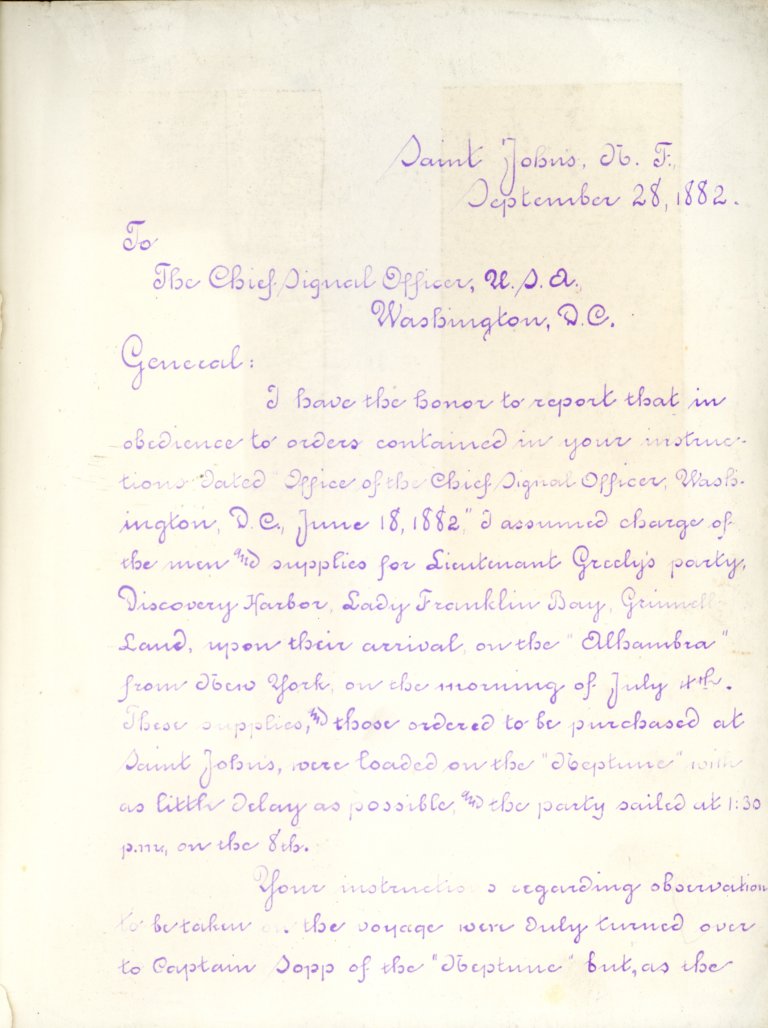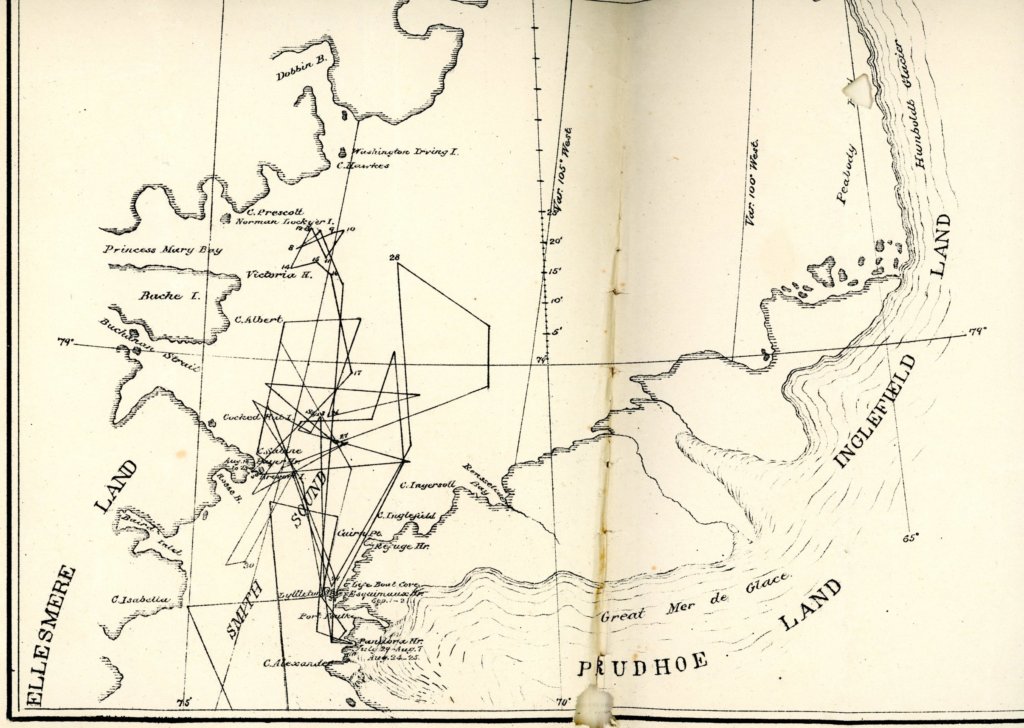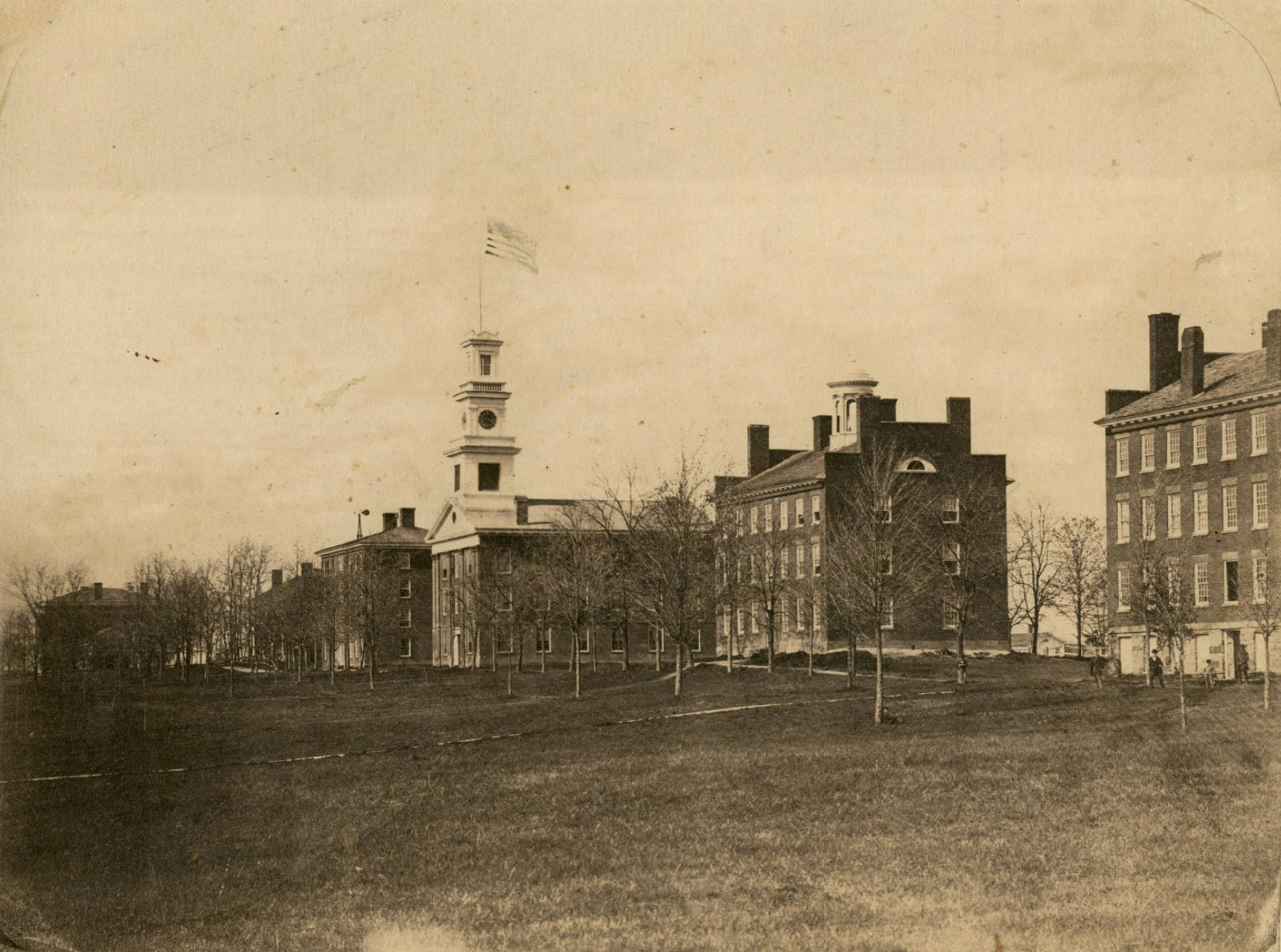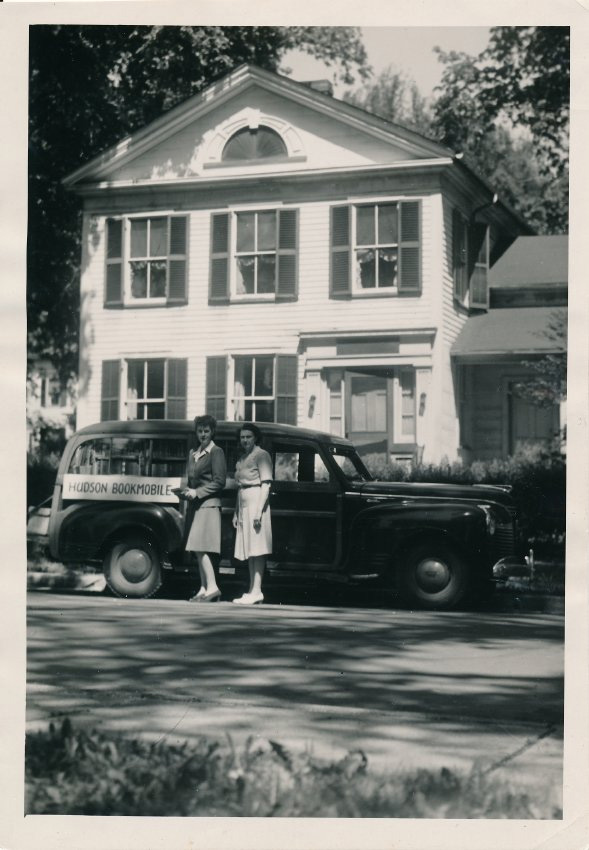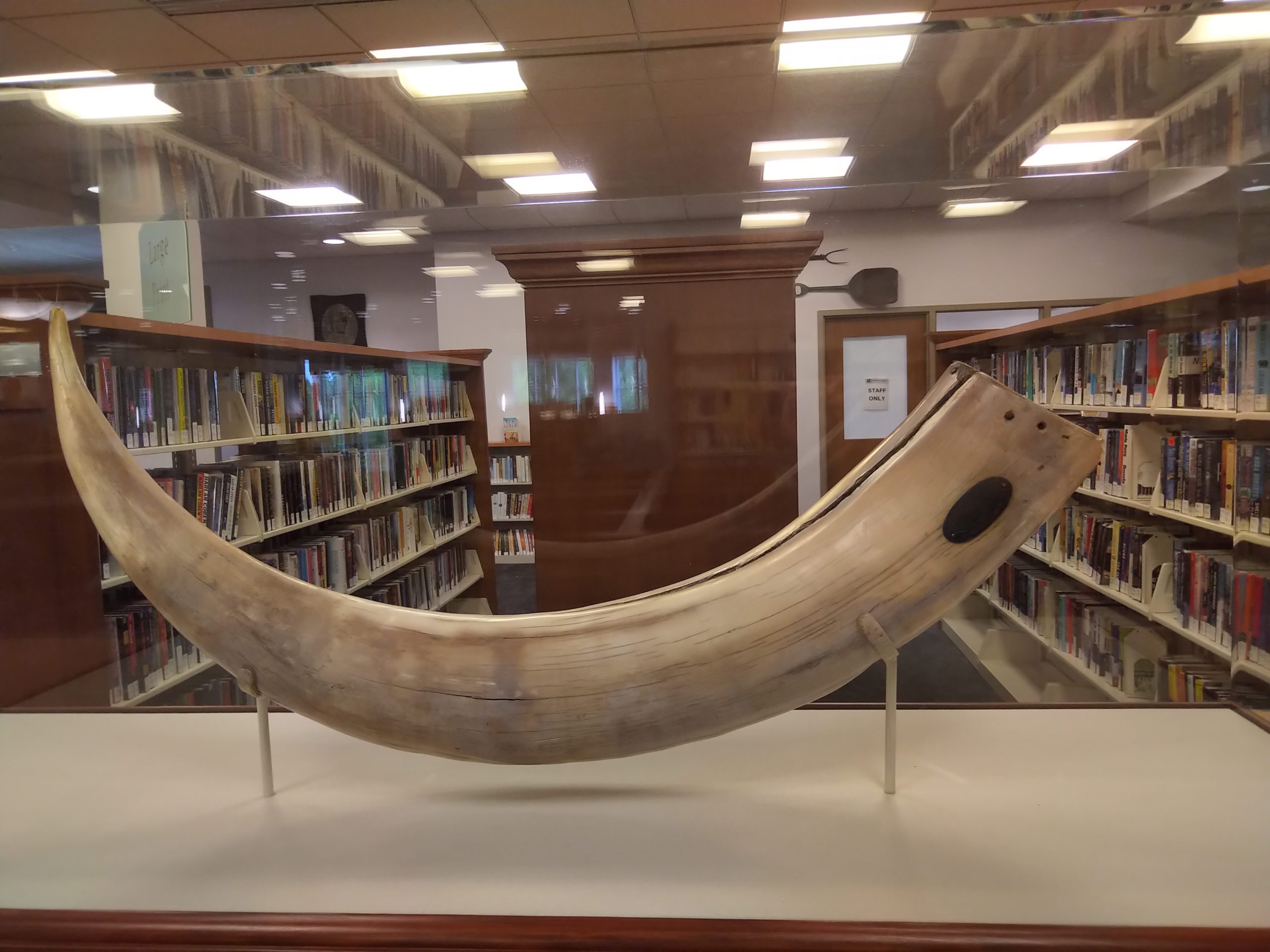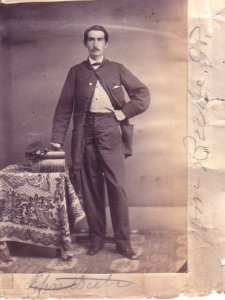
General Photograph Collection, Album G., Hudson Library & Historical Society, P.04.00.000G46d.
William M. Beebe, Jr. (1840-1883), was born in Hudson, Ohio, to William Melvin Beebe Sr. (1807-1880) and Mary Jane Hillis Beebe (1808-1881). David Duncan Beebe (1830-1889), his brother, once served as the mayor of Hudson and an Ohio Senator. William briefly attended Western Reserve College, but left school during the Civil War. He enlisted on August 29, 1861, in the 41st Ohio Volunteer Infantry as a 2nd lieutenant. The 41st OVI saw action at many battles, including Shiloh, Corinth, Chickamauga, Mission Ridge, Atlanta, and Nashville. For his gallantry in battle during the Atlanta campaign, he was breveted to captain. In 1865, William was then given command of the 128th Colored Infantry, as a lieutenant colonel in South Carolina. In March 1867, after the Civil War, William was appointed a captain in the Regular Army in the 38th Infantry and retained the rank of brevet Major for his service during the Civil War. He mustered out of the army on January 1, 1871.
Soon after, William worked as a signal clerk in Washington D.C (with the rank of a private) and was selected by General William B. Hazen (1830-1887), chief of the Signal Corps, to be a member of the relief effort for the Greeley Expedition of the Polar Regions of the Antarctic. The Greeley Expedition was a scientific endeavor to collect data from the Arctic Circle by the United States government. Hazen and Beebe both sailed on May 17th, 1882, aboard a supply ship steamer called Neptune. By July, the ice was too thick to navigate by boat to find the Greely expedition members. The relief effort was only able to drop off a small number of supplies in depots scattered around the Lady Franklin Bay in the Canadian Artic. A second relief expedition was organized in mid-1883, and Beebe was again named to be part of this team. but at the last minute, he was not included.. William M. Beebe, Jr., took his own life on August 6 1883. He is buried at Markillie Cemetery, Hudson, Ohio.
Learn More
MANUSCRIPT COLLECTIONS
The William M. Beebe, Jr. papers consist of his correspondence written on campaign in Tennessee during the Civil War. Letters include correspondence from officers in the U.S. military, with letters of support for reinstating William Beebe, Jr. into the military in the 1870s. Photographs of commanders that Beebe served alongside his time, including General William Brewster Hazen and General Oliver Otis Howard in the military are also included. The collection includes one folder of photostat copies of some of Beebe’s military/medical records. Records pertaining to Beebe’s involvement in the Greely Expedition are part of this collection, including Beebe’s own written report of the 1882 relief expedition.
OTHER RESOURCES
56 College Street House Report
This 1831 home has seen much in its time-including many owners. When the house was built College Street was hardly more than a path. The porch is a later addition. The original house consisted of four rooms and the original water cistern is under the present kitchen floor. The floors are of four feet wide chestnut boards. The home is fittingly called “Wisteria Cottage” because of a large Wisteria tree that covers the trellis at the rear of the house.

